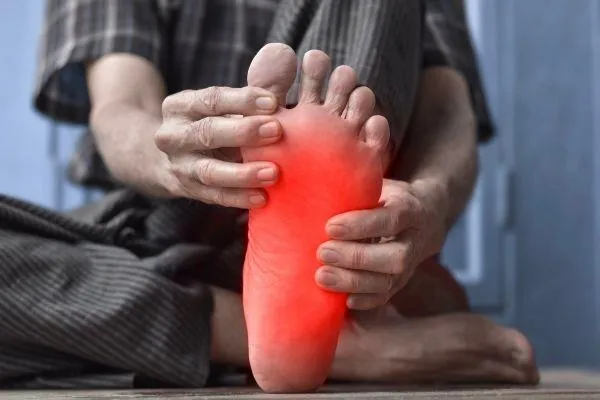
Plantar Fasciitis Treatment Options: From Rest to Surgery
Plantar fasciitis is a condition that affects many people, but the good news is that it can often be managed and treated effectively without surgery. While the path to recovery may vary depending on the severity of the condition, there are several options to relieve pain and promote healing. In this post, we will break down some of the most common treatment options.
1. Rest and Ice Therapy
The first and most basic step in managing plantar fasciitis is rest. Resting the affected foot can help reduce inflammation and give the plantar fascia time to heal. Applying ice to the heel for 15 to 20 minutes several times a day can also help reduce swelling and pain.
2. Stretching and Strengthening Exercises
Stretching exercises are a critical part of plantar fasciitis treatment. Stretching the Achilles tendon and calf muscles can alleviate tension on the plantar fascia. Strengthening exercises for the foot muscles are also recommended to help prevent re-injury.
Here are some useful stretches:
Calf Stretch: Stand facing a wall with one foot forward. Keep your back leg straight and heel on the ground, bending the front knee and leaning forward. Hold the stretch for 30 seconds and repeat three times.
Plantar Fascia Stretch: Sit with one leg crossed over the other, pulling your toes back toward your shin. Hold for 30 seconds and repeat several times a day.
Strengthening exercises can include toe curls, towel scrunches, or using resistance bands.
3. Orthotics and Footwear Modifications
Improper footwear is one of the main causes of plantar fasciitis. Shoes with poor arch support or inadequate cushioning can exacerbate the condition. Custom orthotics or over-the-counter insoles that provide arch support can make a huge difference. Be sure to choose shoes that offer adequate cushioning and support for your arch.
4. Physical Therapy
Physical therapy is another effective treatment for plantar fasciitis. A physical therapist will guide you through exercises to stretch and strengthen your foot and leg muscles. Manual therapy techniques, such as massage or myofascial release, can also help improve flexibility and relieve pain.
5. Corticosteroid Injections
In more severe cases, corticosteroid injections may be recommended. These injections help reduce inflammation and can provide temporary relief from pain. However, they should only be used sparingly as they can weaken the tissues over time.
6. Surgical Options
Surgery is typically considered a last resort if all other treatments have failed. A procedure known as plantar fascia release may be performed, which involves cutting part of the fascia to release tension. Surgery is generally only needed in cases of chronic plantar fasciitis that haven’t responded to other treatments.
If you're considering treatment options for plantar fasciitis, it's important to get the right advice. Our What is Plantar Fasciitis? blog gives you a deeper understanding of the condition, while our Plantar Fasciitis Exercises post outlines exercises that can help speed up your recovery.



